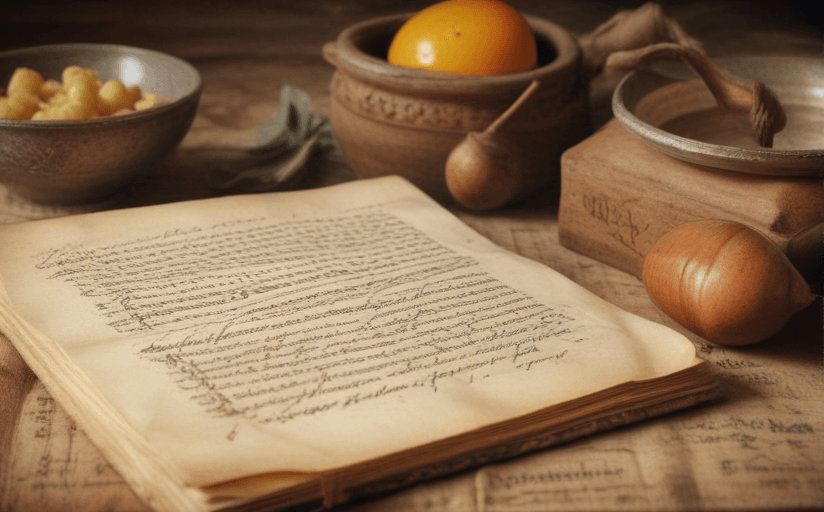The Intrigue of Culinary Archaeology: Resurrecting Ancient Recipes
If you thought archaeology was only about digging up artifacts and bones, think again. One of the most fascinating branches of this immersive discipline is culinary archaeology, which plays a critical role in resurrecting long-forgotten recipes and cuisines from the chapters of our vast human history.
Methods and Materials
Culinary archaeologists are essentially food historians. They analyze physical remains found in archaeological sites, including pottery fragments, bone fragments, and soil samples. These remains often carry trace elements, such as residues of fats and grains, which can help determine the type of food the artifact was used to cook or store.
Research methodologies also include examining historical documents, ethnographic studies, and artworks that signify food consumption patterns in ancient times. These historians can then use modern cooking techniques that mimic ancient methods to recreate these historical recipes as authentically as possible.
Importance of Reviving Ancient Recipes
By unravelling the intricacies of ancient recipes, we can better understand the culinary habits, agricultural practices, societal norms, and even economic conditions of the eras gone by. These food habits could reveal astonishing facts about the evolution of our diets and health, providing unique insights into humanity’s history and relationship with food.
Examples and Challenges
One compelling example of culinary archaeology at work was the recreation of the 'Parthian Chicken,' a dish dating back to the 4th Century B.C. The recipe was deciphered from cuneiform tablets discovered in ancient Mesopotamia. Steps involved in the recreation of this dish highlighted authentic processes, such as using clay ovens, naturally available spices, and traditional cooking methods.
One of the key challenges in culinary archaeology is the limited availability of evidence. Many ancient recipes existed only as oral traditions and were never documented, presenting a significant hurdle for food historians. Another challenge lies in the accurate interpretation of the data found, requiring a degree of educated guesswork that involves pieces from culinary history, linguistics, and anthropology.
Concluding Thoughts
The field of culinary archaeology not only offers a tantalizing taste of history, but it also provides an engaging way for people to connect with their cultural heritage, making history palatable in the most literal sense. So, the next time you cook up your favorite dish, take a moment to ponder the centuries of history embedded in your culinary love affair.

















Comments
Leave a Comment